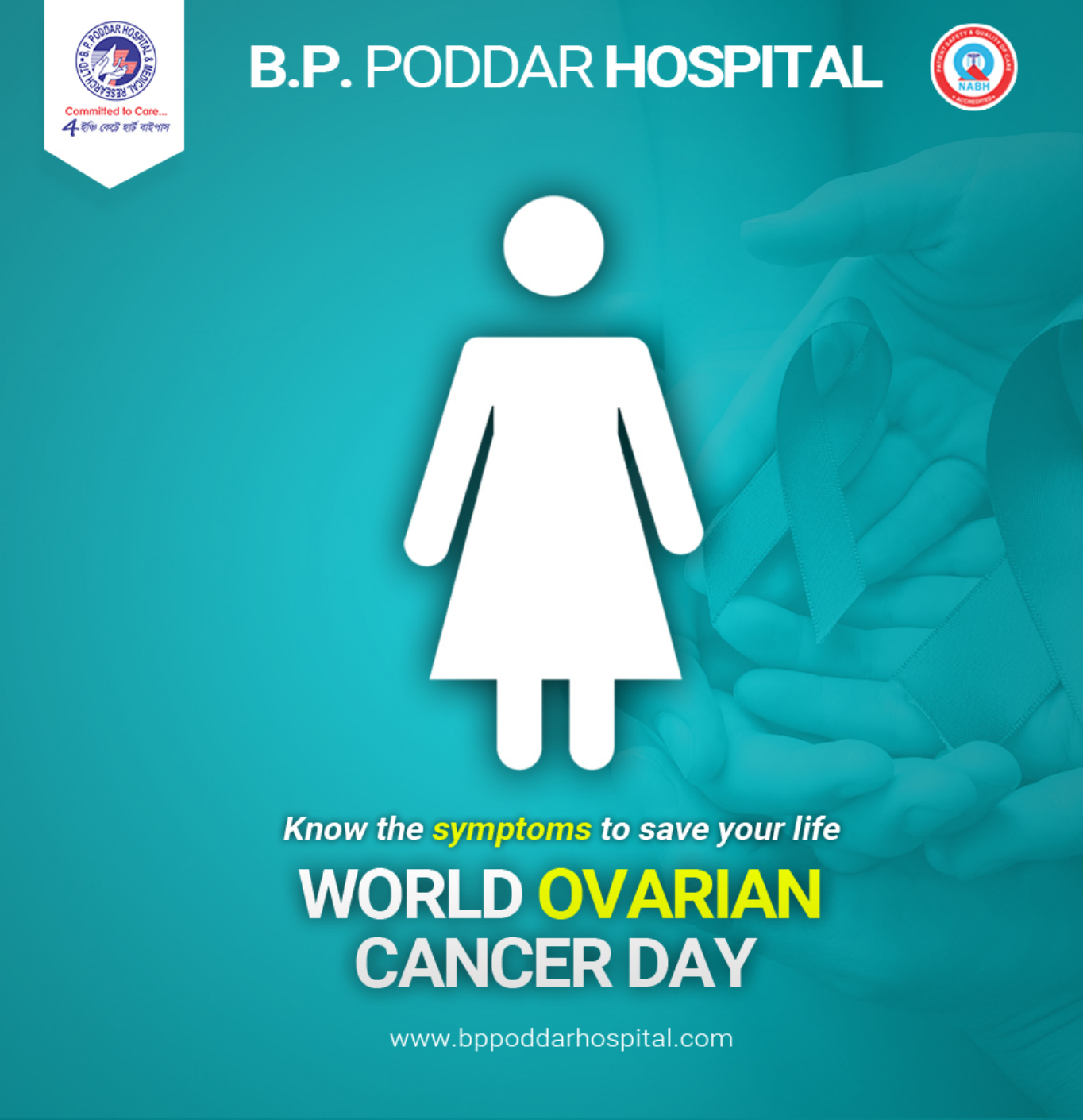[cmsmasters_row data_shortcode_id="4etp6m4ubw" data_padding_bottom_mobile_v="0" data_padding_top_mobile_v="0" data_padding_bottom_mobile_h="0" data_padding_top_mobile_h="0" data_padding_bottom_tablet="0" data_padding_top_tablet="0" data_padding_bottom_laptop="0" data_padding_top_laptop="0" data_padding_bottom_large="0" data_padding_top_large="0" data_padding_bottom="50" data_padding_top="0" data_bg_parallax_ratio="0.5" data_bg_size="cover" data_bg_attachment="scroll" data_bg_repeat="no-repeat" data_bg_position="top center" data_color="default" data_bot_style="default" data_top_style="default" data_padding_right="3" data_padding_left="3" data_width="boxed"][cmsmasters_column data_width="1/1" data_shortcode_id="e7oig59at" data_animation_delay="0" data_border_style="default" data_bg_size="cover" data_bg_attachment="scroll" data_bg_repeat="no-repeat" data_bg_position="top center"][cmsmasters_text shortcode_id="et7nom9jxm" animation_delay="0"]
What are Ovaries?
Ovaries are reproductive glands found only in females (women). They produce eggs (ova) for reproduction.
What is Ovarian Cancer?
Ovarian cancer is one of the most difficult cancers to treat worldwide. Studies show that the quality of treatment greatly affects the diagnosis. Ovarian cancers were previously believed to begin only in the ovaries but recent evidence shows that many ovarian cancers may actually start in the cells in the far (distal) end of the fallopian tubes. Cancer starts when cells in the ovary begin to grow out of control (metastasis).
Causes of Ovarian Cancer- It is caused by a variety of factors such as:
(i) Endometriosis
(ii) Diabetes.
(iii) Smoking
(iv) Early menstruation and menopause.
(v) Those who have inherited a faulty gene called BRCA gene.
(vi) Obesity and overweight
(vii) People with a history of breast or bowel cancer.
(viii) People who had radiotherapy for previous cancer treatment.
(ix) Risk of developing ovarian cancer increases with age, mainly over 60 years.
Types of Ovarian Cancer-
The ovaries are mainly made up of 3 kinds of cells. Each type of cell can develop into a different type of tumor. These tumors can be benign (non-cancerous) or malignant (cancerous).
- Epithelial ovarian tumors: these start from the cells that cover the outer surface of the ovary. Most of the ovarian tumors are epithelial cell tumors.
- Germ cell tumors: these start from the cells that produce the eggs (ova)
- Stromal tumors:   start from structural tissue cells that hold the ovary together and produce the female hormones estrogen and progesterone.
Symptoms-
- Sudden weight loss or weight gain.
- Changes in bowel habits such as constipation and indigestion.
- Fatigue
- Abdominal or lower tummy pain
- Loss of appetite
- Frequent urination
- Abdominal bloating or increased abdomen size.
Diagnosis and Treatment-
- Physical examination:  this includes the recto-vaginal examination with the empty bladder to evaluate for pelvic and abdominal masses. ÂÂ
- Transvaginal ultrasonography: In case of any abnormal pelvic mass, women should undergo ultrasonography.
- Surgeries:  Primary treatment for ovarian cancer. It is used for cytoreduction (debulking).
- Other tests: These include colonoscopy, laparoscopy, biopsy etc.
- Medicines/ Chemotherapy:  Postsurgical adjuvant chemotherapy is recommended for late-stage disease and stage II cases.
Prevention and Control-
- Maintaining proper hygiene and cleanliness.
- Routine gynecologist checkups.
- Women who have a high-risk family history should be referred for genetic testing.

 NABH Accredited Hospital
NABH Accredited Hospital









